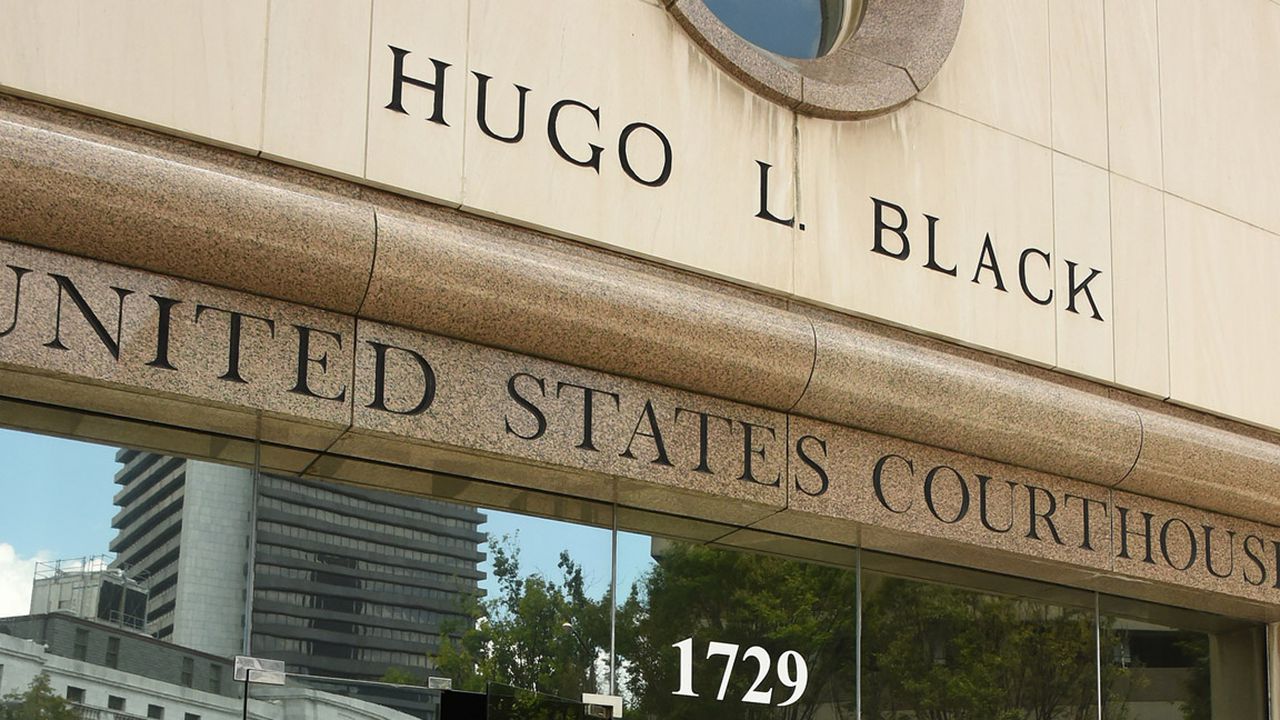Alabamaâs redrawn congressional maps subject of hearing today: What you need to know
Three federal judges are meeting in Birmingham today to hear arguments on whether Alabama’s new congressional redistricting map fixes likely violations of the Voting Rights Act.
Alabama lost at the U.S. Supreme Court earlier this year and the Legislature was forced to redraw the way it carves up the state into seven congressional districts.
Lawyers representing Black voters are fighting to get a second majority black district – or something “quite close to it” – to give Black Alabama residents fair representation in Congress. Alabama now has one majority Black district – or about 14 percent of its seven congressional districts. Black residents make up about 26 percent of the state’s population.
What are the arguments?
Republican lawmakers approved a new map last month in a special session called to meet the judges’ deadline for redrawing it. Lawyers representing Black voters say the new map doesn’t fix the problems. The Legislature’s map does increase the Black voting age population in District 2 in southeast Alabama from 30% to 40%, the second highest proportion of Black voters in any district. But analyses show Black-preferred candidates would have little or no chance in the redrawn District 2.
Lawyers for the state, led by Attorney General Steve Marshall, say the new map does comply with the Voting Rights Act, which they say not does not require proportional representation for minorities. They say the new map is an improvement over the one rejected by the Supreme Court, partly because the districts are more compact and what the state defined as communities of interest, including the Black Belt, Baldwin and Mobile counties, and the Wiregrass, are kept intact as much as possible.
Now, with the case back in their hands, the three federal judges inside the Hugo L. Black United States Courthouse have to decide if the new map fixes the problems.
How long will the hearing last?
Closing arguments are set for Monday afternoon with each side getting an hour.
What Alabama congressional districts could be affected?
The focus with the Legislature’s new map involved re-drawing a portion of Rep. Barry Moore’s District 2 seat in southeast Alabama. But about 10 other maps suggested by various groups would make revisions to other current districts including to District 6 in the Birmingham area now held by Rep. Gary Palmer.
What’s next?
If the three judges – Circuit Judge Stanley Marcus and District Judges Anna M. Manasco and Terry F. Moorer – don’t agree with the Alabama Legislature’s new map they could order a new one drawn by a cartographer they hire. But whoever loses the case is likely headed back to the U.S. Supreme Court for an appeal. If the state loses its case, it will pin its hopes on getting one U.S. Supreme Court justice – Brett Kavanaugh – to change their mind.
Who is watching and why?:
Besides the dozen or so news reporters packed in the federal courthouse to watch the hearing, the case is being eyed nationwide by Civil Rights groups concerned about the impact rulings in the case could have on congressional re-districting in other states. It’s also being watched by Democrats and Republicans and what impact it could have on shifting majorities and control of Congress.
Is there a rush to draw a new map?
Secretary of State Wes Allen has told the court they need a new map in place by Oct. 1 to prepare for next year’s elections.
Go deeper:
Supreme Court rules Alabama congressional map most likely violates Voting Rights Act
Johnson: Plaintiff in historic SCOTUS redistricting case shed tears for late father after ruling
